Tag Archives: spot
You can buy Boston Dynamics’ Spot robot (if you have $75,000)
Watch a Boston Dynamics robot herd sheep in New Zealand
Boston Dynamics’ robot dog is chipping in to help COVID-19 patients
Adam Savage turned Spot the robodog into a creepy rickshaw driver
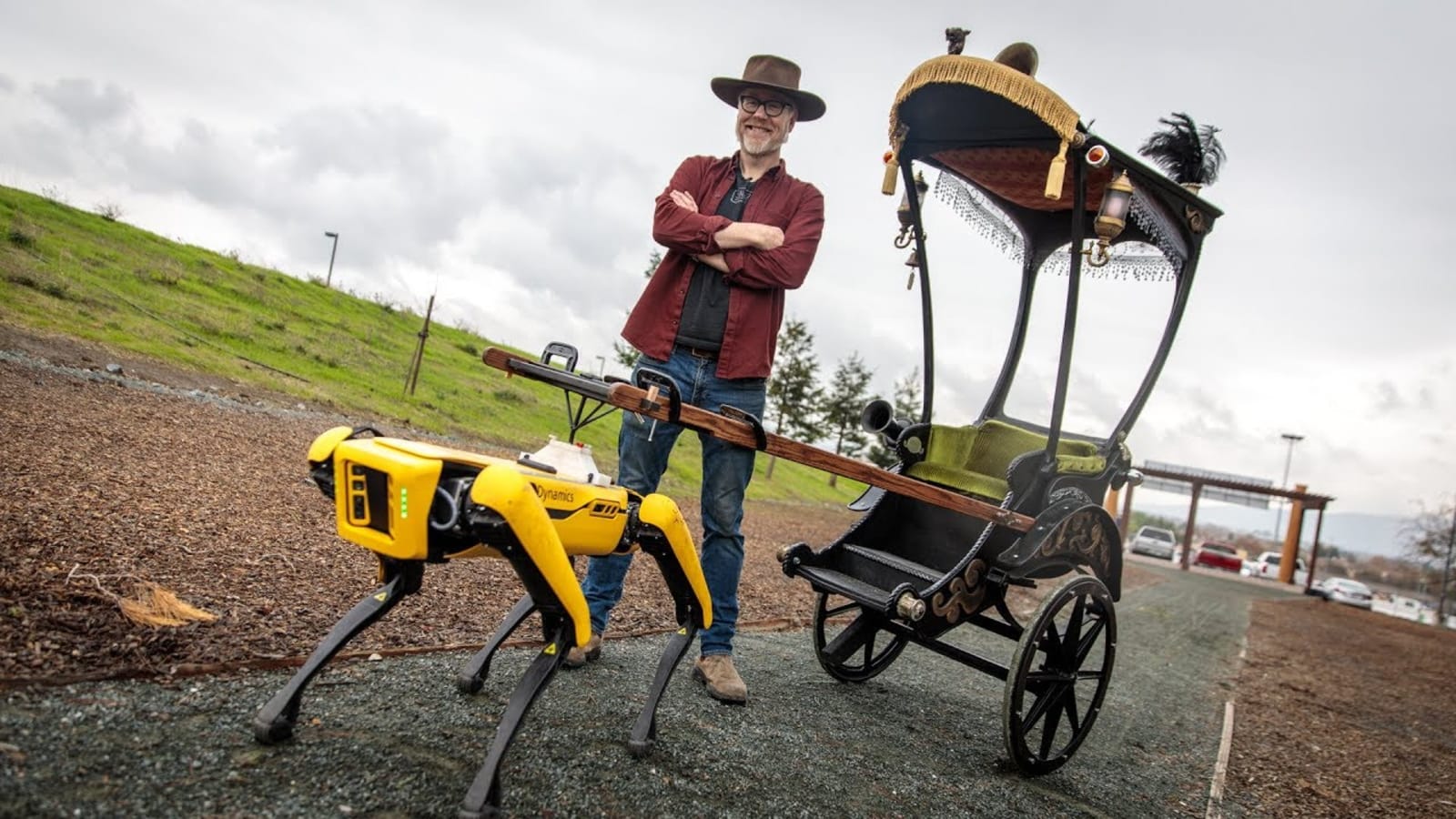 Boston Dynamics has long touted robotic dog Spot's ability to help out in disaster situations and to take on jobs too hazardous for humans, but what practical applications does it have for the average Joe? Beyond scuttling around your house like a Lo...
Boston Dynamics has long touted robotic dog Spot's ability to help out in disaster situations and to take on jobs too hazardous for humans, but what practical applications does it have for the average Joe? Beyond scuttling around your house like a Lo...
Boston Dynamics Unveils SDK For Spot on GitHub
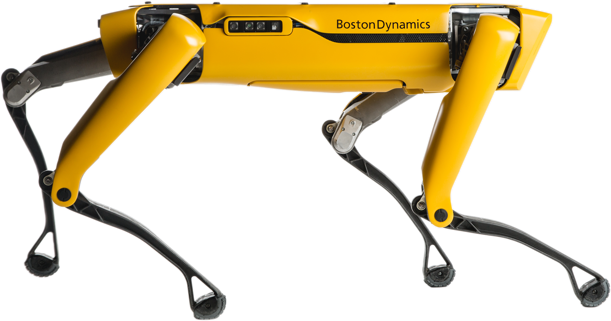

Boston Dynamics has just announced that it has set free the SDK of Spot, its famed robotic dog. Whoever wants to download the SDK can do so via GitHub. It's a good opportunity for those who are into robotics as a hobby or even as a profession. Whoever has access to the SDK can develop custom applications that allow the spot to perform a number of useful tasks in different industries.
Until now, the SDK was available only for early adopters. Now, just anyone can access the open-source code and start developing away. If you would like to test your code on a robot, you will still need to be an early adopter. Some developers may wonder why they would need an early adopter’s access anyway.
Here are the reasons why one still needs early adopter access
- You can customize how the robot can be controlled
- Sensor information can be analyzed using data analytics
- Custom payloads in order to enhance the capabilities of the robot
- Teach sport to do things that it normally can't do
- Make it learn things that it is by default not able to
SDK For Spot helps robotics enthusiasts
A number of people have taken robotics as a hobby and it is quite surprising how quickly it has become geeks' favorite pastime. However many people were not able to create applications or even learn how to build robotic apps. This was mainly due to the lack of access to the early adopter program. As Boston Dynamics has now unveiled the SDK of sport for everyone, robotics science enthusiasts can simply start building away.
If you were wondering how to start building applications for spot, here is what you need to do:
- Go to GitHub and download the SDK for Spot
- Identify what you would like to teach Spot
- Customize your application for Spot
- Test the application before finalizing it
Building robotic applications is a valuable skill
There is an immense future to robotic devices such as Spot. These devices can be used in industries manufacturing units factories shipping locations and just about everywhere else. In fact, robotics may very well change the way we deliver services to individuals and businesses. Not surprisingly, a lot of people want to get into robotics even as a hobby. And thanks to Boston dynamics, now everybody can.
The post Boston Dynamics Unveils SDK For Spot on GitHub appeared first on Walyou.
Boston Dynamics gives its robot dog a developer SDK
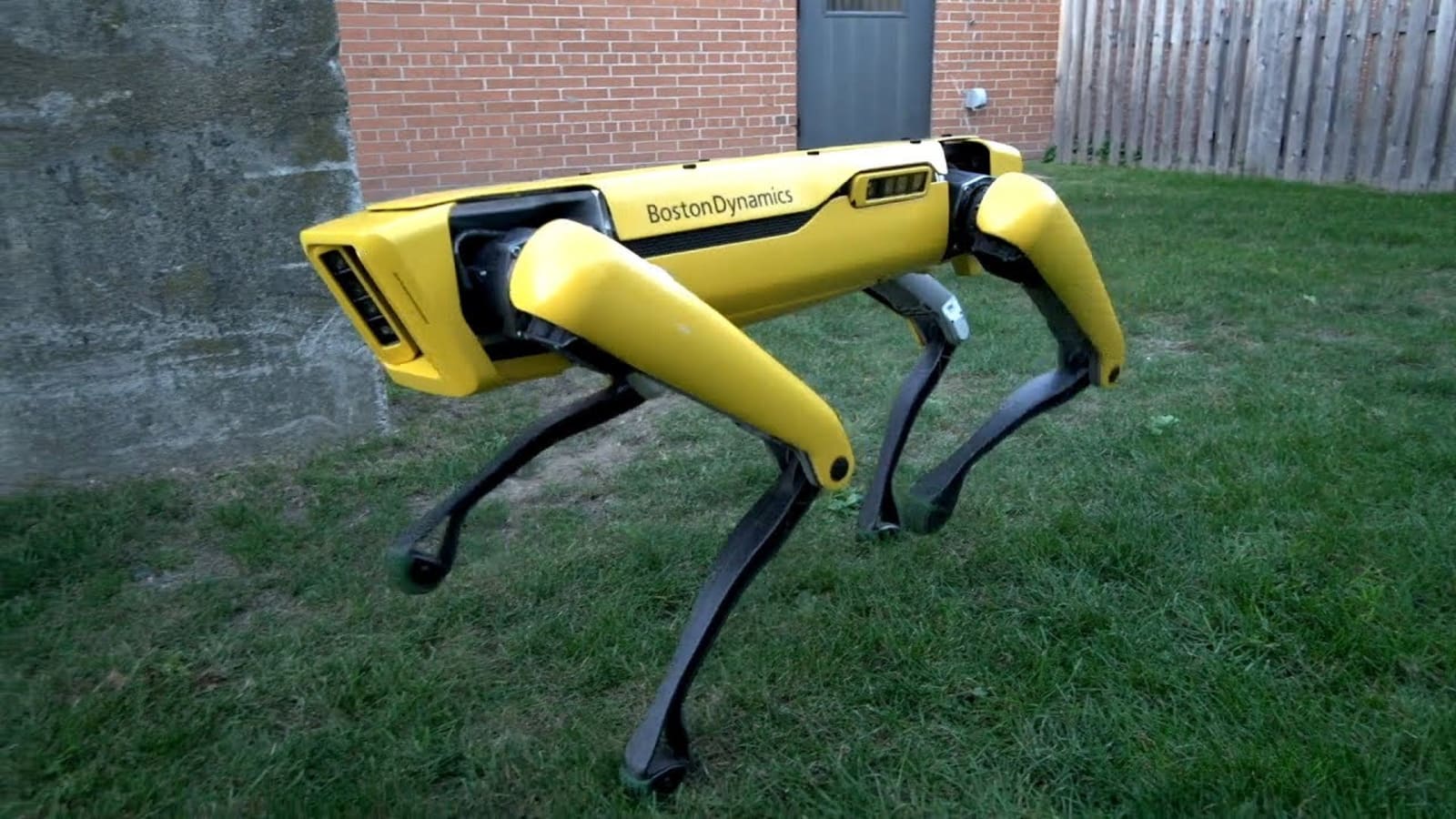 Now that Spot is more clever and polite, Boston Dynamics is ready to set it free. The Softbank-owned robotics company announced that it's making Spot's SDK available to anyone who wants it via GitHub, starting today. The release will allow developers...
Now that Spot is more clever and polite, Boston Dynamics is ready to set it free. The Softbank-owned robotics company announced that it's making Spot's SDK available to anyone who wants it via GitHub, starting today. The release will allow developers...
Massachusetts police have been quietly testing a robot dog
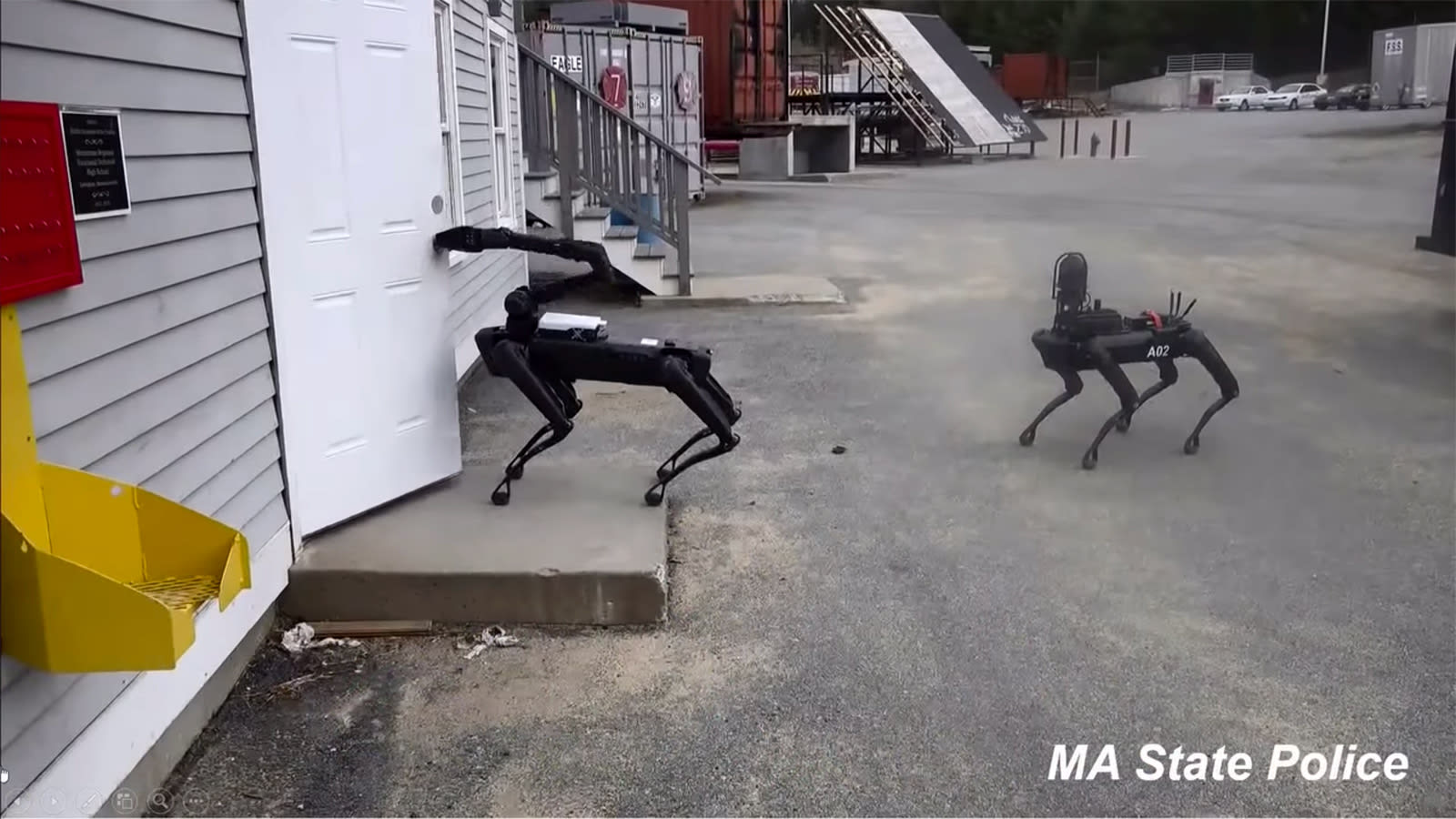 Boston Dynamics has been looking for ways to put its robots to work, but it turns out they've already seen some service. Radio station WBUR and the ACLU have learned that the Massachusetts State Police bomb squad leased Boston Dynamics' Spot robot b...
Boston Dynamics has been looking for ways to put its robots to work, but it turns out they've already seen some service. Radio station WBUR and the ACLU have learned that the Massachusetts State Police bomb squad leased Boston Dynamics' Spot robot b...
Boston Dynamics’ Atlas robot is now a gymnast
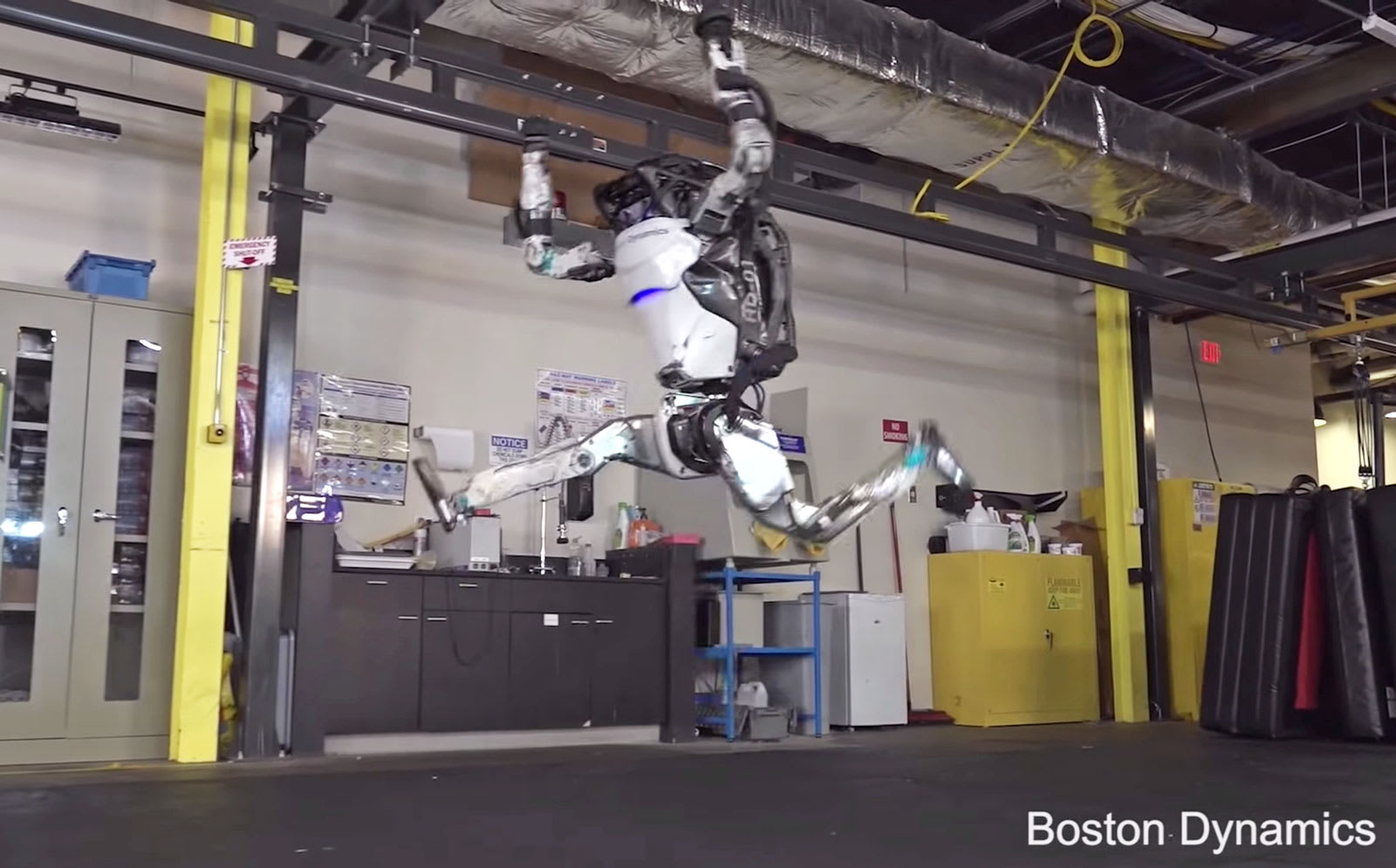 The latest footage from Boston Dynamics is, unsurprisingly, both impressive and terrifying. Over the past few years we've seen Atlas navigate uneven terrain and even jump around a parkour course. This is on another level, though. The bipedal robot do...
The latest footage from Boston Dynamics is, unsurprisingly, both impressive and terrifying. Over the past few years we've seen Atlas navigate uneven terrain and even jump around a parkour course. This is on another level, though. The bipedal robot do...
The Spot A.I. Camera is like Google Lens for children who are curious about the world

The Spot comes with a camera, a pico-projector, artificial intelligence, and the answer to every child’s perpetual string of “what”, “why”, and “how” questions about the world around them. Designed to be the magnifying glass to everything that makes up their immediate world, this handheld devices encourages creativity, promotes the asking of questions, and turns everyday imagery into stories to educate and fascinate children.
Spot fulfills the role of a toy, encyclopedia, and bedtime-storybook, all in a single handheld device. The camera allows children to capture objects, living things, and phenomena around them, while inbuilt A.I. helps children understand what they are by using optics, object recognition and machine learning. The in-built AI weaves explanations into storylike narratives, pushing the child to be empathetic, curious, and at the same time, get answers to every question they have. The Spot’s design combines tech and toy-design too, with a toyish form factor made up of simple geometric shapes, and the use of materials like wood and colorful plastic trims.
The rather noticeable lack of a screen comes with reason too. Spot fosters a natural form of interaction, getting children to learn by voice, rather than consume content by screens, icons, and apps. Introducing children to powerful technologies like object recognition and information dissemination, Spot takes the more natural route of being quite similar to the way a parent answers a child’s burgeoning questions about the world around them. By promoting curiosity and involvement, Spot battles the ‘Distraction Economy’ at a crucial stage of development. “Being ‘present’ and ‘in-the-moment’ is a skill that can be taught”, says Gadi Amit, founder of New Deal Design, and Spot elicits excitement and joy in the little things in life, be it a bird, a beehive, or even a potted plant. At the end of the day, Spot ties together all the objects it identified into a unique narrative, turning them all into a bedtime story that the device projects onto the child’s wall via the pico-projector, reinforcing everything they saw and learnt during the day, as well as enchanting them with the possibility of seeing new things tomorrow!
Designer: New Deal Design








